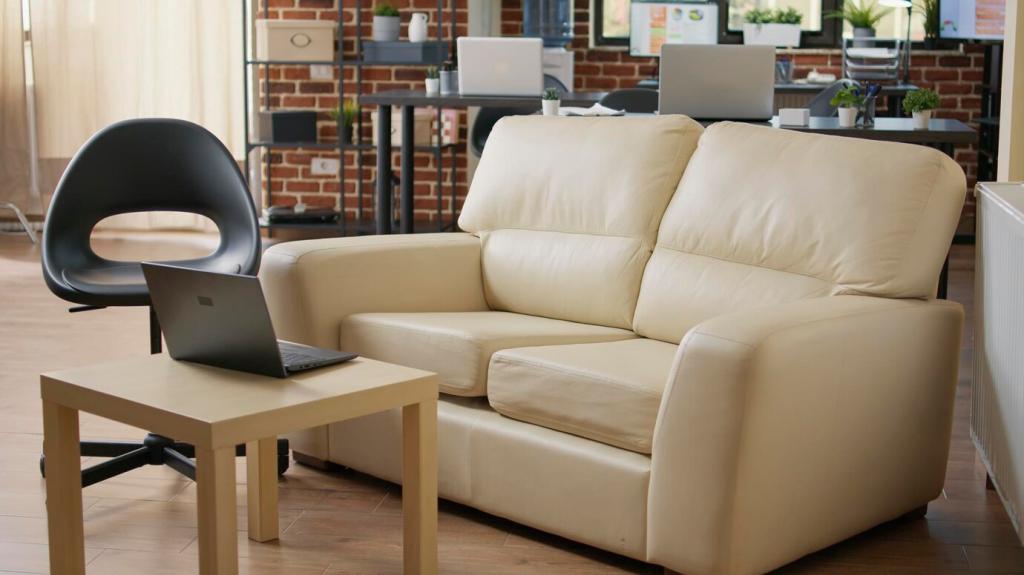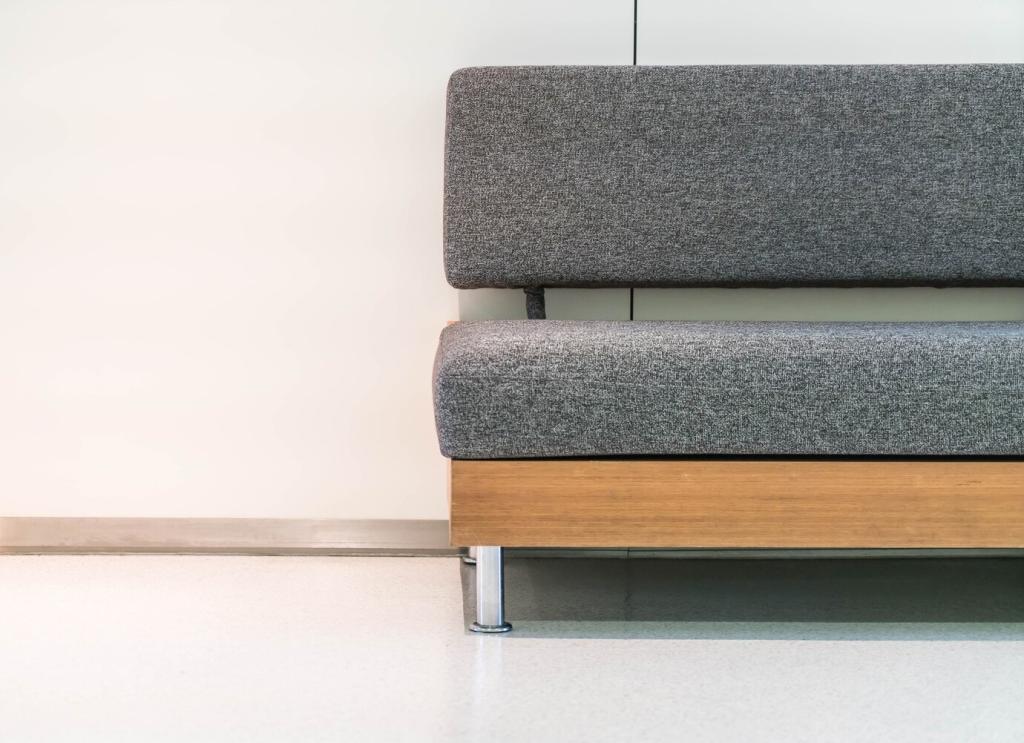Climate and Placement: The Invisible Forces
UV breaks down dyes, dries natural fibers, and embrittles finishes. The disinfecting benefit is real, but the fade lines and cracking are costly. Use UV‑filtering films, rotate pieces seasonally, and draw sheer curtains during peak hours. Have a dramatic before‑and‑after fade mark? Tell us what room orientation caused it.
Climate and Placement: The Invisible Forces
Within this range, panels expand and contract gently, minimizing splits and joint failures. Use a hygrometer, run a humidifier in winter and a dehumidifier in muggy summers, and avoid direct vent blasts. Place felt pads to reduce micro‑shocks. Want our room‑by‑room climate map template? Subscribe and we’ll send it.








